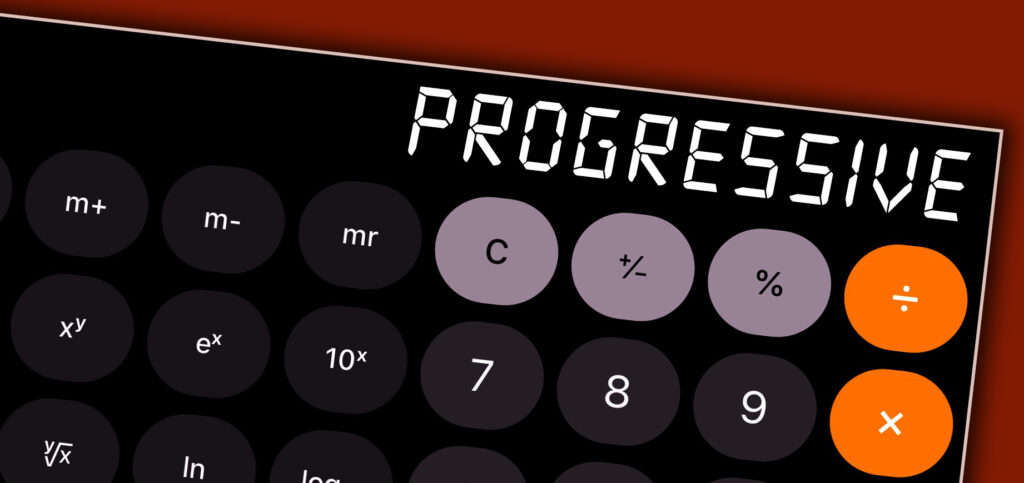Literature Review
It would be uninformed to label the anti-racist protests of 2020 as a confined movement. people of color have been discriminated against in the United States since before it was even declared a separate nation (Alexander 2020). The anti-racist protests of 2020 were not part of a confined movement but rather the latest movement in a battle for equality that has been fought for centuries. Through careful analysis of the injustices committed toward people of color in the United States and Super Bowl advertisements, I have found that literature focused on these individual concepts is plentiful. However, literature on the intersection between these two concepts appears to be minimal. Therefore my literature review will analyze the relative literature available for injustices towards people of color and that of Super Bowl televisual advertisements.
Anti-Racist Protests of 2020 and Corporate Responses
In 2020, an anti-racist Black Lives Matter movement was sparked by the wrongful murder of George Floyd, an unarmed African American victimized by police brutality (Dixon and Dundes, 2020; Miller et al. 2021). The movement’s size and momentum can be partially attributed to the use of social media as a means of spreading information and mobilizing activists (Cernison 2019; Velasquez and LaRose 2015). As the protests swept across American culture, corporations across the nation chose to speak up on the matter through corporate political advocacy. Corporate political advocacy is an ethical business concept that argues that corporations should take stances on social and political issues (Cisnek and Logan 2018; Wettstein & Baur, 2016). The anti-racist protests of 2020 that highlighted police brutality in the United States polarized the nation (Reny and Newman 2021; Dixon and Dundes 2020; Du, Bhattacharya, and Sen 2010; Adams, Tormala, and O’Brien 2005). The grassroots Black Lives Matter movement was founded in the wake of countless deaths of unarmed Black individuals (which continue to occur today), and the unproductive statements of corporations are often seen for what they truly are (Ransby 2018).

The U.S. marketing field as a whole has had issues with excluding the history of racism in the nation against people of color, so stepping up and making a statement is seemingly the least that corporations can do for the movement (Francis 2021). Corporations also try to keep up with U.S. culture so that consumers can relate to their brand and, therefore, hopefully, buy their products (Green and Van Oort 2013). A 2021 study researched consumer reactions to “statements of responsibility” made by both corporations and social media influencers about Black Lives Matter (Yang, Chuenterawong, and Pugdeethosapol 2021). The researchers found that, in comparison between social media influencers and corporations, consumers responded far more positively towards the social media influencers than the corporations. The corporate responses were seen as hollow statements because, despite their wealth, corporations often did not donate funds to Black Lives Matter (Yang et al. 2021; Grover, Kar, and Ilavarasan 2019; Mukherjee and Althuizen 2020).
Racial Representation in Media
In the United States, media such as television, films, and advertisements present representation of people of different races. Such media can represent people of color in a subtle light that suggests that POC cannot assimilate with society, confirming widespread cultural racism for viewers whether they recognize this or not (El-Burki 2017). Stereotypes and lack of racial diversity in media can often be attributed to the dominance of white people (specifically men) in Hollywood (Erigha 2015). Additionally, it has been argued that white audiences prefer to see POC in media as entertainers or performing. They are more likely to prefer black commentators on television as opposed to white commentators, for example (Coover 2001). One analysis of over 2,000 televisual commercials found that representation in this form of media is showing signs of progression yet also stagnation, as many advertisements are still all-white (Mastro and Stern 2003).
Marketing and Advertising
Televisual marketing is about companies competing with one another to gain the audience’s attention. This goes beyond different toilet paper companies competing for you to buy their product; it is a competition amongst all advertisers. Advertisers believe that only a few televisual advertisements will stick with a viewer, so they have to try to make it theirs (Sullivan and Boches 2016). To make televisual advertisements memorable and encourage viewers to consume a product, many brands choose to make them comical or sensitive, showing how “woke” the brand is. Advertising is everywhere in our culture. Whether we choose to turn the tv volume off or install ad blockers on our computers, ads will always find a way into our lives. Consider driving on the highway and seeing billboards as an advertisement comes on the radio. They are everywhere, almost like background noise to most people. This cultural blindness to ads makes it all the more important that advertisers make their ads stand out amongst the crowd (de Burgh-Woodman 2018).
With this in mind, it makes sense that advertisers feel the need to make their advertisements more outrageous, absurd, or expensive. Perhaps one way to have audiences pay attention is through stereotype confirmation. Such confirmation can have serious ramifications according to Gerbner’s cultivation theory (Gerbner et al. 1984). In a study that analyzed the impact of stereotypes surrounding disabled women, Ella Houston found that such representations can create influence at a micro-level (2019). Houston argues that such stereotypical portrayals can negatively impact how individuals perceive themselves. If this is true in the case of disabled women, it is likely a similar tale to that of people of color in advertisements. Additionally, many ethnic minorities are less willing to trust public health advertisements that portray people from their ethnic group. This is because the public health advertisements often characterize ethnic minorities that are perceived as stereotypical by such groups (El Hazzouri and Hamilton 2019). The absurd degree that advertisers go to in an attempt to gain the attention of consumers can have drastically negative impacts on those consumers.

African Americans and Marketing
In marketing advertisements, African American men are often used for advertising apparel to general consumers (Bailey 2006). Interestingly, a 2019 study conducted by Bragg et al. argues that both white and Black Americans prefer seeing African Americans in advertisements promoting food and beverages as opposed to white Americans. It is unclear why then African Americans would not be present in more advertisements with this data. A goal of my research is to understand this gap in data.
The large audience that the Super Bowl receives annually is an opportunity to advertise that corporations make sure not to miss out on (Chandrasekaran et al. 2018). Therefore, in order to make the most out of their advertising time, corporations usually make very creative advertisements, which have been suggested to increase the consumption of corporate goods (Shen et al. 2021).
Conclusion
Race, media, marketing, and the anti-racist protests of 2020 all share overlaps, although this may not be clear to the common viewer of a Super Bowl advertisement. There remains a gap in the literature in regards to how the anti-racist protests of 2020 impact the advertisements aired during the Super Bowl. My study recommends that such divisive social justice issues deter corporations from focusing on social issues altogether, as they were not featured in any of the advertisements I analyzed from the 2021 and 2022 Super Bowls. The cultural importance of both Super Bowl advertisements and the anti-racist protests of 2020 cannot be understated, as they are very unique to the culture of the nation.
Nowadays, corporations are generally expected to pledge some help or make a statement when injustices occur. The corporate statements about the Black Lives Matter protests were seen by many consumers as hollow. The U.S. marketing realm has always had issues surrounding racism and a lack of racial representation. Some corporations try to make their marketing strategies “woke,” or rather socially aware of injustices. Whether the corporations actually fight against social injustices is not always something that goes hand-in-hand with such marketing schemes, however. Creative marketing and marketing with African Americans have been shown to be successful strategies in the U.S., so the consistency of poor racial representation is particularly striking. The elements of the anti-racist protests of 2020, marketing, racial representation in media, and corporate responses together grant insight into how much social change the corporations in our capitalist society are willing to make.